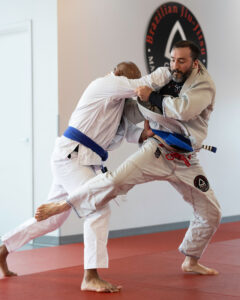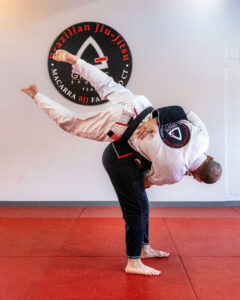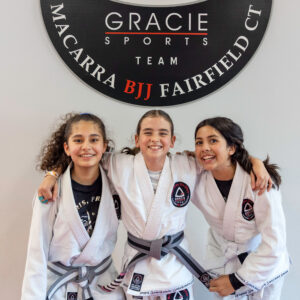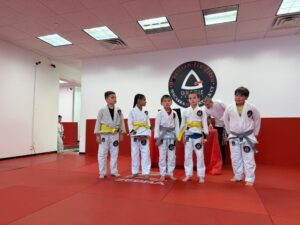How a Brazilian family transformed a Japanese martial art into a global phenomenon—and how their legacy continues through generations
Introduction
Brazilian Jiu-Jitsu (BJJ) is not just a martial art—it’s a cultural legacy, a philosophy of leverage and intelligence over brute strength. Its origins can be traced back to the early 20th century, but its global spread was ignited by a single Brazilian family whose name is now synonymous with the art: the Gracies.

The Roots: From Japan to Brazil
It all began with Mitsuyo Maeda, a Japanese judoka and prizefighter who traveled the world demonstrating the effectiveness of his grappling skills. In 1914, Maeda settled in Brazil, where he eventually taught his techniques to a young Carlos Gracie. Carlos, impressed and inspired, began developing his own interpretation of Maeda’s teachings. Alongside his younger brother Hélio Gracie—who modified the techniques to suit his smaller frame—they gave birth to what we now call Brazilian Jiu-Jitsu.
The Gracie Explosion
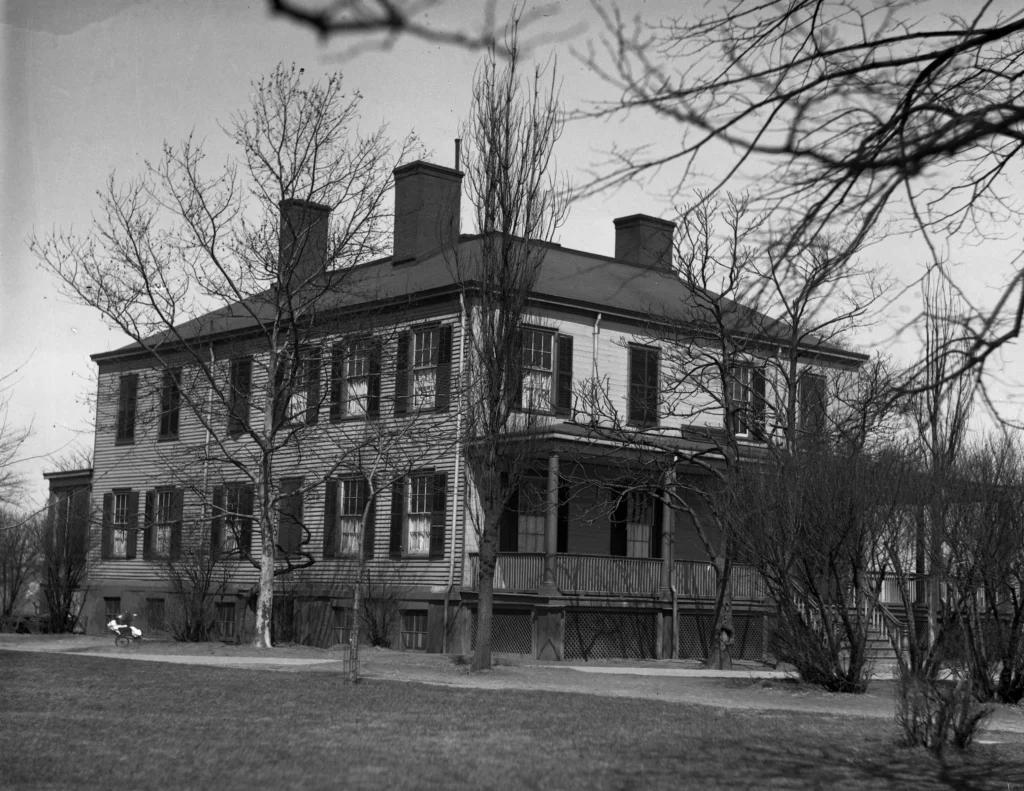
Carlos and Hélio trained and taught their siblings and children, creating a family lineage that would change martial arts forever. Names like Carlson Gracie, Rolls Gracie, Rickson Gracie, Royce Gracie, and Rorion Gracie became central figures in the growth of BJJ, particularly in its international rise during the late 20th century.
Royce Gracie’s legendary performances in the early UFC events introduced the world to the effectiveness of BJJ. With little more than a gi and calm demeanor, Royce defeated much larger opponents, proving the power of technique and strategy.
Márcio Stambowsky: The Silent Samurai of the Gracie Legacy
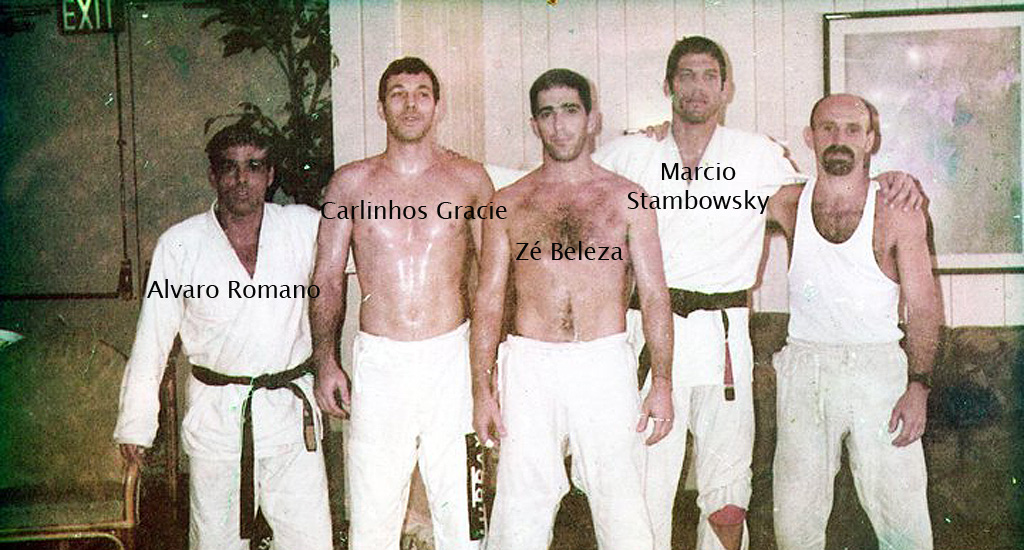
Among the many influential figures in the Gracie lineage, one often overlooked name is Márcio “Macarrão” Stambowsky. A direct student of Rolls Gracie, Márcio is one of the first five black belts promoted by Rolls—a true honor in the Gracie family. Known for his smooth and technical style, Márcio blended traditional BJJ with elements of judo and wrestling, becoming a pioneer in submissions and takedowns.
Márcio represents the quiet strength of the Gracie legacy. Though not as publicly known as Royce or Rickson, his impact runs deep through his students and family.
Carla Gracie: Carrying the Family Name with Grace
Márcio’s wife, Carla Gracie, is a Gracie by blood. She represents the union of tradition and evolution within the art. Carla has been instrumental in supporting the family’s mission and preserving the values of Brazilian Jiu-Jitsu. Her dedication behind the scenes and her connection to the original Gracie brothers make her a significant link in this powerful lineage.
Deborah Gracie Stambowsky: A Female Voice in the Gracie Dynasty
One of the few women to carry the Gracie name and hold a black belt, Deborah Gracie Stambowsky, daughter of Márcio and Carla, is a beacon of progress in a historically male-dominated space. She stands as a symbol of empowerment and technical excellence, and her presence inspires a new generation of women to embrace the art of Jiu-Jitsu.
From Brazil to the World
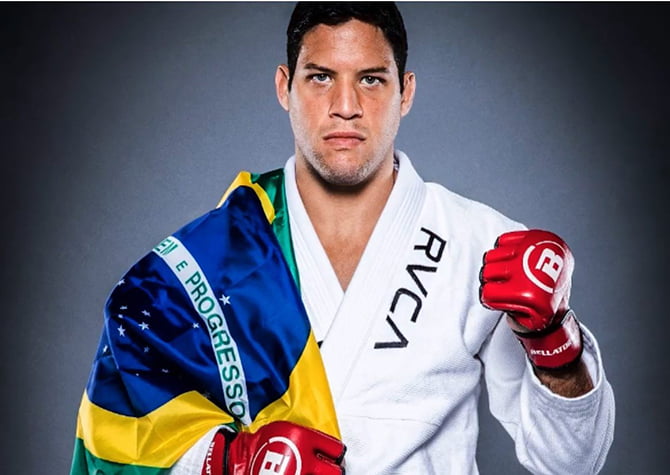
Neiman Gracie (Neiman Gracie Stambowsky) is the son of Master Márcio “Macarrão” Stambowsky and Carla Gracie, representing the 4th generation of the legendary Gracie Jiu-Jitsu family. Raised on the mats, he began training at the age of 7 under the guidance of his grandfather Robson Gracie and his uncle Renzo Gracie.
As a black belt in Brazilian Jiu-Jitsu, Neiman earned titles at the Pan-American Championship and the NY International Open before transitioning to MMA in 2013. He has since competed in top organizations such as WSOF and Bellator, showcasing a series of submission victories and impressive control strategies—especially from the back—that reflect his exceptional technical mastery.
Neiman carries his family legacy with humility, often emphasizing the Gracie philosophy that “a last name doesn’t win fights”—respect is earned through training, technique, and dedication. He currently competes in the welterweight division of Bellator, continuing to inspire students at Gracie Sports with his commitment, skill, and warrior spirit.
Thanks to the Gracies—and the countless instructors, students, and competitors they’ve inspired—Brazilian Jiu-Jitsu is now practiced in every corner of the globe. Schools like Gracie Barra, Gracie Humaitá, Renzo Gracie Academy, and Gracie Sports (led by Márcio Stambowsky in the U.S.) continue to spread the art while upholding the values of respect, resilience, and efficiency.
Conclusion
The story of Brazilian Jiu-Jitsu is one of transformation, family, and worldwide impact. From the early teachings of Mitsuyo Maeda to the innovation of Hélio and Rolls Gracie, and now with figures like Márcio Stambowsky, Carla Gracie, and Deborah Gracie shaping the future—this martial art has become much more than self-defense. It’s a way of life.
As Brazilian Jiu-Jitsu continues to evolve, the Gracie family remains its heartbeat—connecting the past, present, and future of one of the most powerful martial arts in history.



